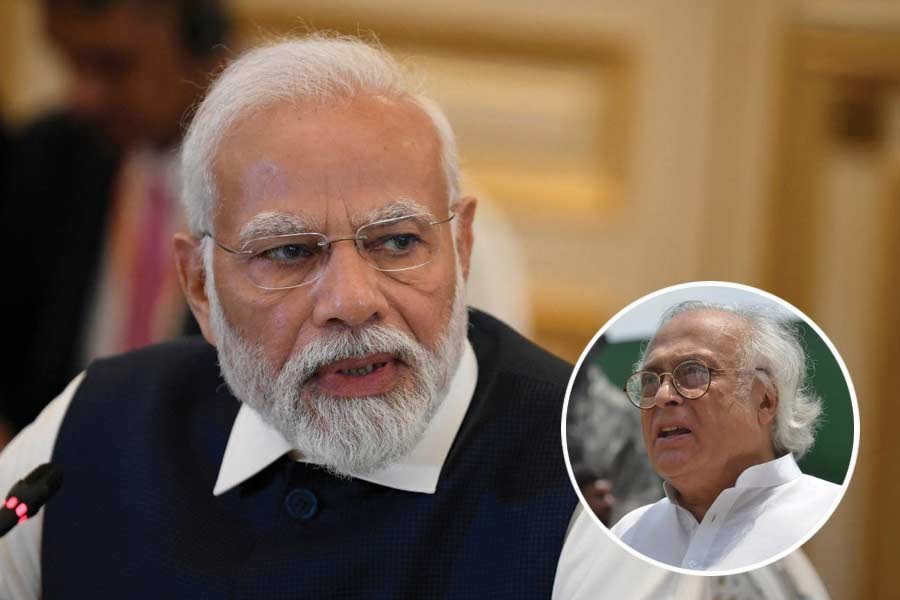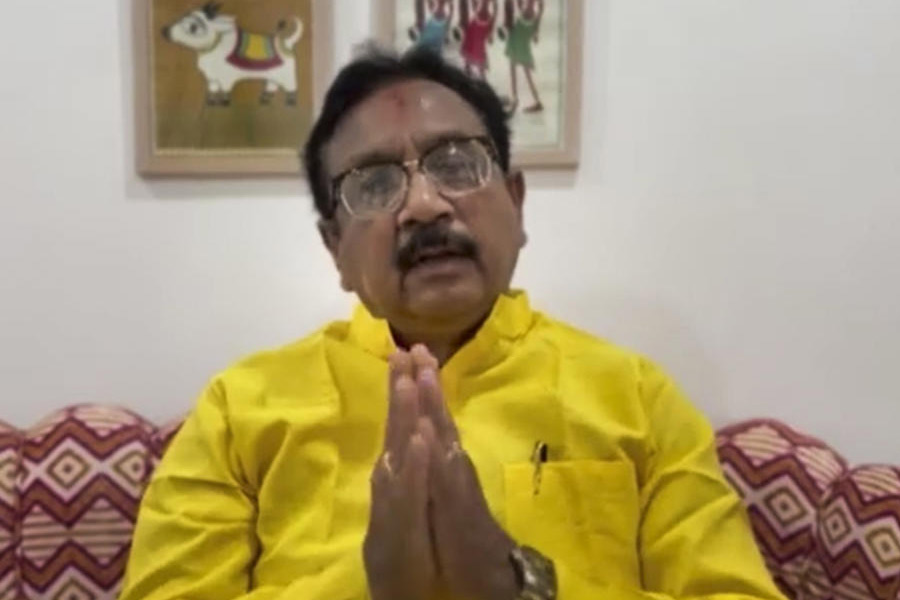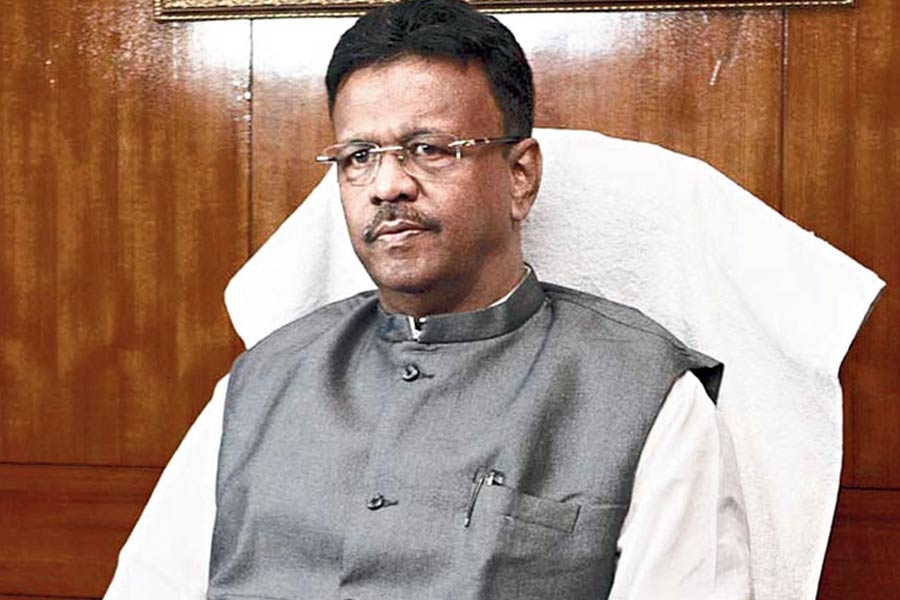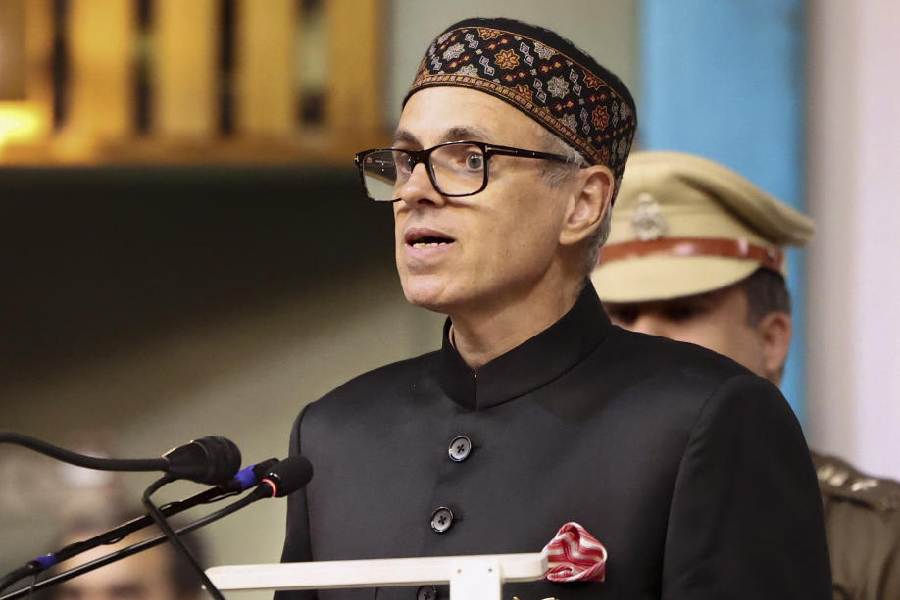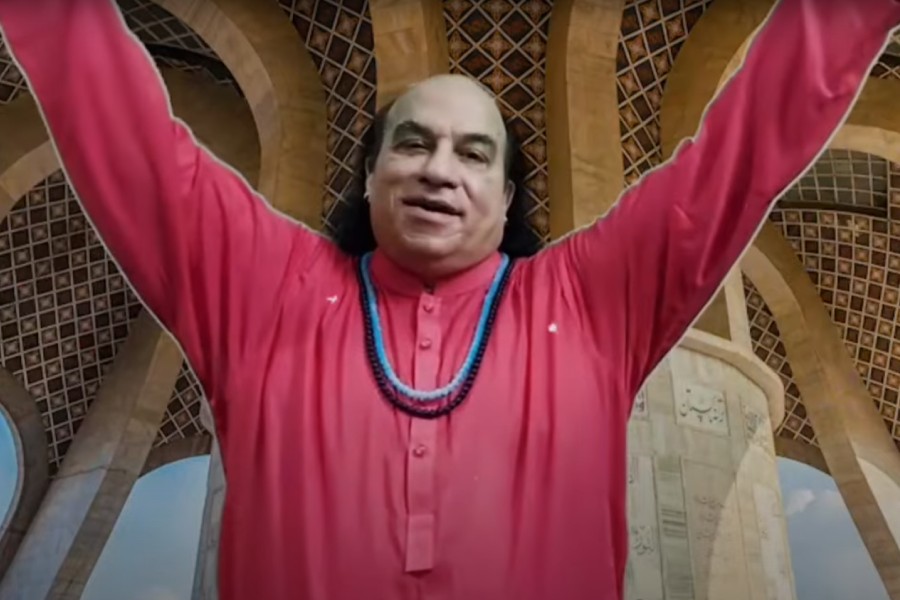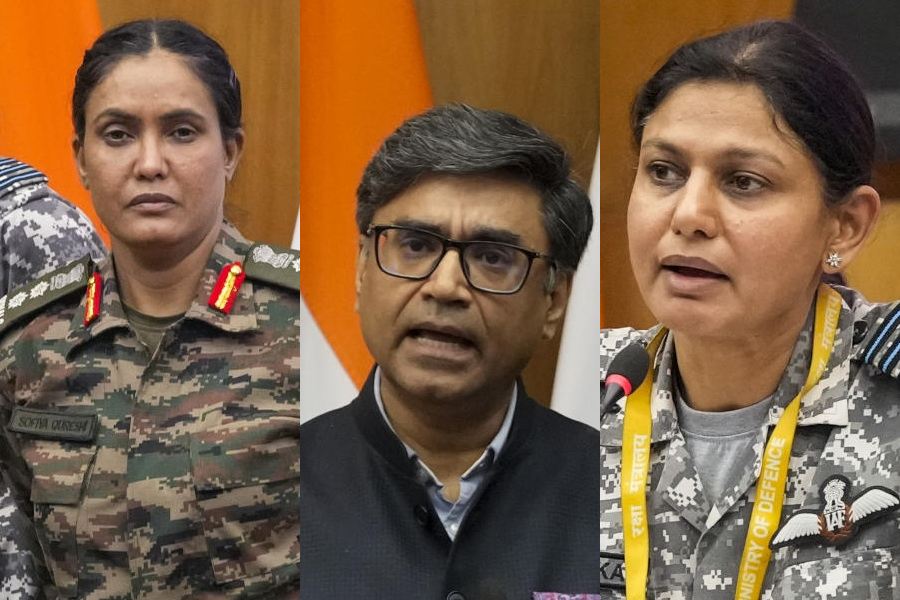 |
| The Mahatma abhorred non-vegetarianism, but Champaran, which he made his abode on returning from South Africa, is known for people’s mutton-eating habits now. Even the small towns and bazaars are full of makeshift eateries serving different kinds of meat dishes. Picture by Ajit Kumar Verma |
Mahatma Gandhi would die again, from shame this time, were he to visit his karmabhoomi in Champaran. There is nothing Gandhian about people’s eating habits and lifestyle here any more.
This was the region the Father of the Nation adopted on his return to India in 1917 to liberate farmers from the exploitative tin-kathiya (when farmers were forced to grown indigo in three out of every 20 cottahs of land they possessed) system.
While the Mahatma abhorred non-vegetarianism, this place is known for people’s mutton-eating habits now. Also, not long after Gandhi’s departure, the region became a cradle for gangsters and kidnappers. Champaran was also the first area in north Bihar where Maoist made inroads with their violent reprisals.
Champaran encompasses the Lok Sabha constituencies of East Champaran, West Champaran and Valmikinagar. People on the streets of Motihari and Bettiah — headquarters of the East Champaran and West Champaran districts — enjoy taash (a grilled mutton dish) with chuda (beaten rice) during the evenings in the same manner Bengalis savour their chai, samosa and rolls on Calcutta’s streets or Gujaratis enjoy their bhajiyas and theplas on Ahmedabad’s streets.
It is hard to comprehend how the Mahatma, who had a profound impact on the life, philosophy and politics in Champaran made such little impact on the food habits and lifestyles of people of this region. “I sell at least 200 plates of rice and mutton everyday,” said Jagat Yadav, a small dhaba owner at Paharpur, a remote bazaar on the Khajuria-Motihari stretch.
Even the small towns and bazaars are full of makeshift eateries serving taash and other varieties of kebabs cooked on charcoal in the open on vending carts. In fact it is easier to find shops selling meat and rice than a liveable hotel in Bagaha, Narkatiyaganj, Gaunaha, Sugauli and all rural bazaars of Champaran region.
Maulana Abul Kalam Azad, Mahatma Gandhi’s companion and later India’s first education minister, had made a mention in his memoir of the “tasty” kebab and other mutton preparations on Champaran’s streets. But Anirudh Kushwaha, grandson of Gandhiji’s associate Prahalad Bhagat, a Gandhian at Bhitiharwa, is furious at the mutton-eating habits in Gandhi country. “Log rakshas hain. Mahatma Gandhi ne bahut koshish ki… lekin logon ke andar ke rakshas ko nahin maar sake (People are like demons. Gandhi campaigned hard against non-vegetarianism but failed to kill the demon within humans),” Anirudh says, repenting how most residents of Bhitiharwa, where the Mahatma set up an Ashram in 1917, were meat-eaters.
The region was also the first in north Bihar in which the outlawed Maoists made inroads, spreading their tentacles in large parts of Chanpatiya, Narkatiyaganj and Valmikinagar areas, despite the message of ahimsa the Mahatma preached.
Ironically, soon after Gandhiji’s departure, the region became a cradle for gangsters and kidnappers.
Champaran earned the sobriquet of “Chambal of Bihar” in the 1960s and 70s itself with criminals forming the Jungle Party — an outfit that operated from the deep forest and hills of Valmikinagar.
The names of Jungle Party operatives like Basudeo Yadav, Bhagar Yadav, Sattan Yadav and Laloo Yadav (not to be mistaken with the RJD chief) struck terror in the region throughout the 1980s and 90s.
Police records are full of the saga of encounters between police and dacoits in those days.
In fact, the reign of kidnappers and criminals came to be replaced by Maoists later. “It is distressing to find the land the Mahatma nursed as an abode of peace turning so violent,” said noted Gandhian and secretary of the Gandhi Sangrahalaya in Patna, Razi Ahmad.
Razi, a septuagenarian social activist, was also at pains to explain why Champaran, which the Mahatma adopted as his first home in India, took to the non-Gandhian way so brazenly.
Those who campaigned extensively in Champaran, like Narendra Modi, Sonia Gandhi, Lalu Prasad and Nitish Kumar, never ended their speeches without a reference to the Mahatma. The BJP gained ground early in Champaran, soon after the Congress began fading out in the 1980s and 1990s. The West Champaran seat (earlier Bettiah) has been a BJP stronghold since 1996. Madan Prasad Jaiswal won successively from it till his death after which his doctor son, Sanjay Jaiswal, won it in 2009. He is trying his luck again on the BJP ticket. He is pitted against filmmaker and JD(U) nominee Prakash Jha and the RJD’s Raghunath Jha.
Even Prakash Jha’s films depict the crime, kidnapping and extortion that had become a way of life in Champaran and elsewhere in Bihar, a society far removed from what the Mahatma envisioned a century ago.
The BJP, in alliance with the JD(U) in 2009, had also wrested the East Champaran seat from the RJD. Its nominee Radhamohan Singh romped home. The RJD’s Vinod Kumar Shrivastav and JD(U)’s Awanish Kumar Singh are trying to wrest the seat from Radhamohan. Incidentally, East Champaran even has a candidate who is more non-Gandhian than the others - he is notorious for eating mutton, drinking liquor and creating a scene in public. But he is believed to be a front-runner in this election.
Whoever wins in Champaran region, it is a loss for Gandhian values in most ways.
• East Champaran, West Champaran and Valmikinagar vote today


